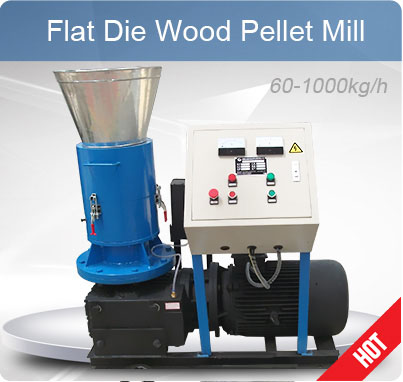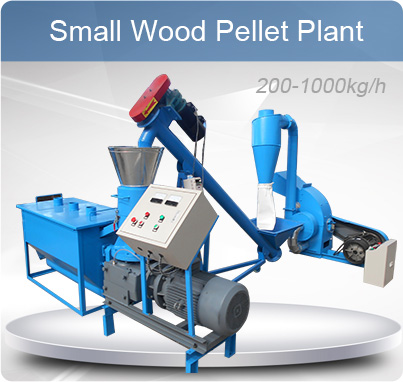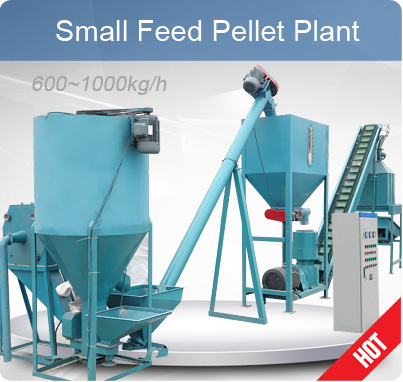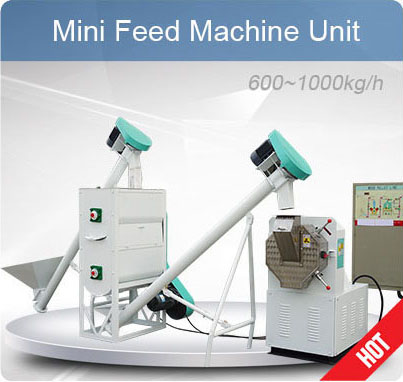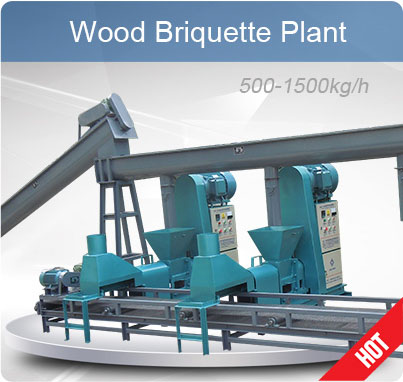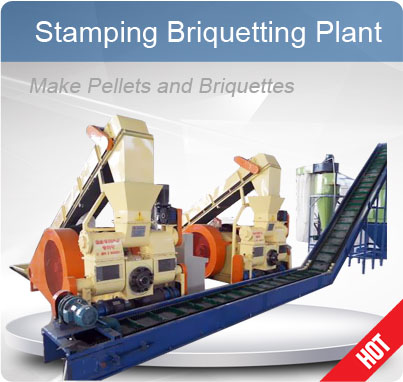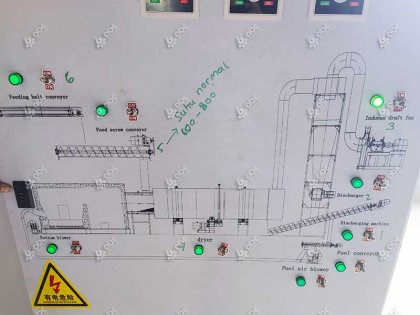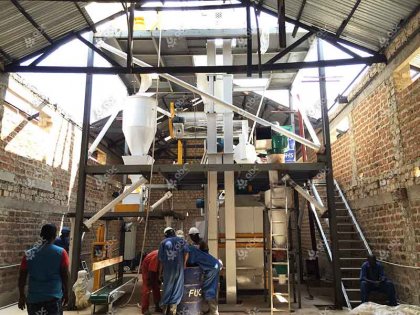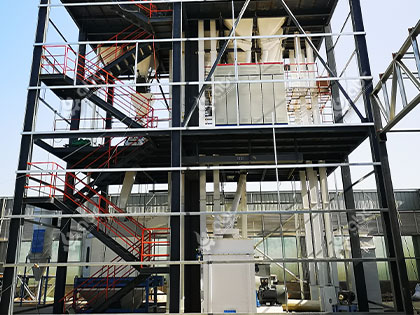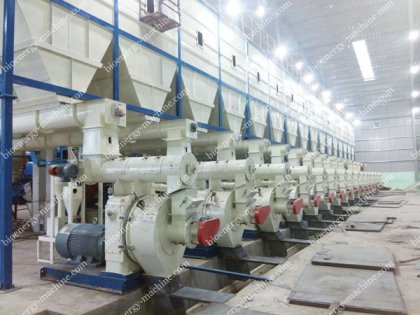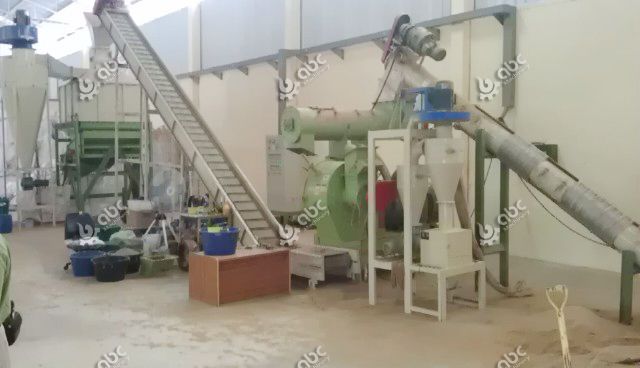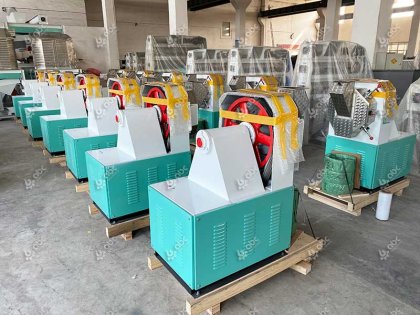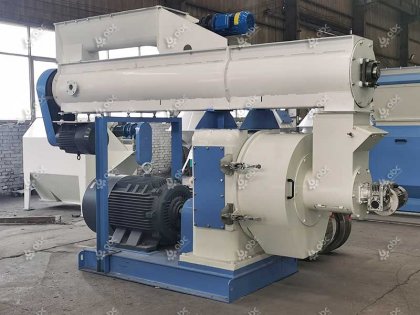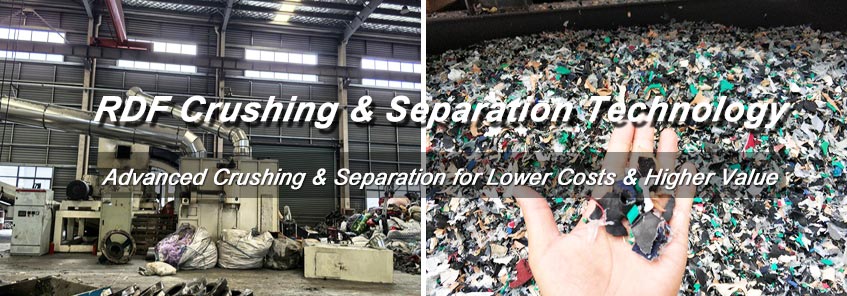
RDF Crushing & Separation Technology: Enhancing Pellet Quality & Efficiency
With years of engineering experience, ABC Machinery provides complete RDF solutions — from advanced crushing systems to full production line design — helping you turn waste into consistent, high-value fuel. Contact us today to start upgrading your RDF process.
Overview of Crushing and Separation Technology in RDF Process
Crushing and separation technologies are at the core of the Refuse-Derived Fuel (RDF) process, where diverse waste streams are converted into high-energy solid fuels. In RDF manufacturing, the raw materials vary widely and include:
- Waste Paper – recovered paper and cardboard for high calorific value applications, especially in the cement industry.
- Wood Waste – construction debris, old furniture, wood chips, and pulp residues; valued for stable combustion.
- Organic Waste – kitchen waste, yard trimmings, agricultural residues; processed for biomass energy production.
- Textile Waste – old clothes, fabric scraps; notable for high heating value in combustion.
- Other Non-hazardous Industrial Waste – clean sweepings, packaging waste, etc.
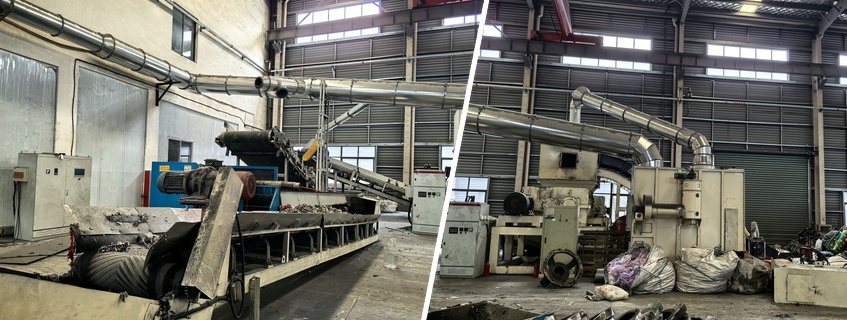
Overview of RDF Crushing & Separation Technology Workflow
Typical RDF Pre-treatment Workflow
The RDF pre-treatment process typically follows this sequence:
- Initial sorting – separating pelletable from non-pelletable materials.
- Primary shredding – using textile shredders or similar machines for coarse reduction.
- Metal removal – via belt conveyor-mounted magnetic separators.
- Secondary shredding – rotary cutters reduce material to uniform particle size.
- Final processing – either baling (for direct boiler feed) or pelletizing (for RDF pellets).
Key Steps in Crushing and Separation
- Primary Crushing – reduces bulky feedstock to manageable size.
- Secondary Crushing – ensures consistent particle size for uniform combustion.
- Magnetic Separation – removes ferrous metals to protect downstream equipment.
- Air Classification – separates light from heavy fractions to improve calorific value.
Pre-treatment Parameters and Impact Table
| Pre-treatment Stage | Recommended Parameter | Capacity Impact | Quality Impact |
|---|---|---|---|
| Particle Size Control (Secondary Shredding) | ≤ 50 mm | +15–20% throughput | More uniform combustion, reduced ash |
| Moisture Control (Drying) | 8–12% moisture | −30% downtime from clogging | +5–8% calorific value |
| Metal Removal (Magnetic Separation) | Ferrous content ≤ 0.5% | −25% wear on equipment | Cleaner pellets, lower emissions |
By fine-tuning these pre-treatment parameters, RDF producers can significantly improve operational stability and product value.
Talk to our engineering team today to get tailored RDF pre-treatment solutions that fit your material mix and plant capacity goals.Optimizing Crushing and Separation Efficiency in RDF Production
Optimizing the efficiency of both crushing and separation processes can dramatically enhance RDF pellet production. By fine-tuning various aspects of these technologies, manufacturers can achieve higher throughput, reduce energy consumption, and improve the quality of RDF pellets.
Crushing Efficiency Optimization
- High-Capacity Crushers: Modern crushers with high throughput can process larger quantities of waste, minimizing downtime. For example, some hammer mills can process up to 25 tons per hour, reducing the overall energy consumption by up to 30%.
- Optimized Crushing Settings: Adjusting the speed and pressure in crushers helps achieve more consistent particle sizes, increasing the efficiency of subsequent separation stages.
Separation Efficiency Optimization
- Advanced Magnetic Separation: Increasing the strength of magnetic fields can lead to a higher percentage of metal contaminants being removed, reducing operational risks and improving pellet quality.
- Automated Airflow Control: By precisely controlling airflow in air classifiers, manufacturers can more effectively separate lighter materials like plastics and papers, further enhancing the RDF’s energy content.
Equipment Selection for Optimized RDF Processing
- RDF Crushing Equipment: Selecting the right type of crusher is essential to meet production goals. Hammer mills are preferred for soft, fibrous materials, while impact crushers excel at breaking hard waste materials.
- Separation Equipment: The use of multi-stage separators ensures that each material type is efficiently removed. In many cases, air classifiers followed by magnetic separation systems offer the most complete separation.
Choosing the Right RDF Equipment for Crushing and Separation
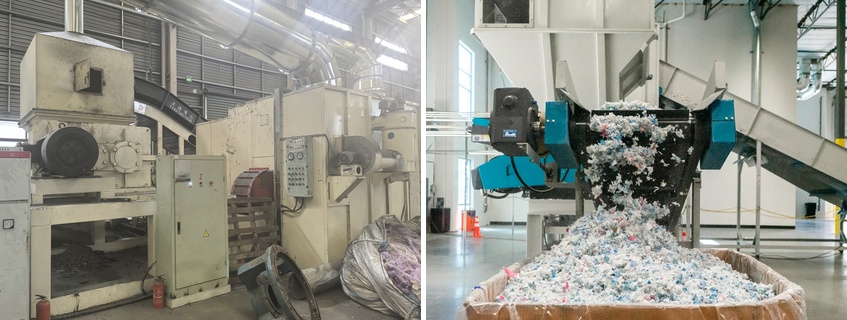
RDF Crushing & Separation Equipment Selection Guide
Crushing equipment plays a decisive role in determining RDF pellet quality. The process involves primary shredders for coarse size reduction, followed by fine shredders or rotary cutters for uniform particle size.
Working Principle: RDF crushers apply mechanical force (impact, shear, or compression) to break down waste materials. Hammer mills rely on high-speed impact for fibrous and soft feedstock, while impact crushers use kinetic energy to fracture hard waste. Rotary cutters employ shearing action for clean, uniform cuts – ideal for textiles.
Effective pre-treatment ensures stable pellet combustion, higher calorific value, and minimal contamination in the final RDF product.
When selecting equipment for crushing and separation in RDF production, it is essential to consider both the type of waste material and the desired outcome. The key factors in equipment selection include:
- Throughput Capacity: Higher capacity machines can reduce processing time and increase the overall efficiency of the plant.
- Material Compatibility: Crushers and separators must be chosen based on the waste types being processed, ensuring maximum efficiency in both crushing and separation.
- Energy Efficiency: With rising energy costs, selecting equipment that consumes less energy is critical. Modern crushers and separators often come with energy-saving features that help reduce operational costs by as much as 20%.
Contact our engineering team today to get customized solutions for your RDF processing needs and enhance your plant’s efficiency!
Cost-Benefit Analysis of RDF Crushing and Separation Technologies
The implementation of advanced crushing and separation technologies offers a significant return on investment (ROI) in RDF production.
- Cost Reduction: By enhancing crushing and separation efficiency, manufacturers can lower energy consumption, which is one of the highest operational costs. For instance, energy-efficient machines can cut down energy use by up to 25%.
- Improved Pellet Quality: Higher-quality RDF pellets mean that they can be sold for a premium, increasing revenue potential. Cleaner pellets with fewer contaminants are in higher demand for energy production.
| Factor | Benefit | ROI Impact |
|---|---|---|
| Energy-Efficient Crushers | Up to 25% lower power use | Reduced operational costs |
| Advanced Separation Systems | Cleaner pellets with higher value | Increased sales price potential |
| Low-Maintenance Design | Longer intervals between servicing |
Higher uptime and throughput |
The investment in high-quality crushers and separators pays off over time by reducing the frequency of maintenance, improving plant throughput, and increasing the overall lifespan of equipment.
Unlock your plant’s potential by upgrading your RDF processing equipment today – reach out to our experts to explore cost-effective solutions.



